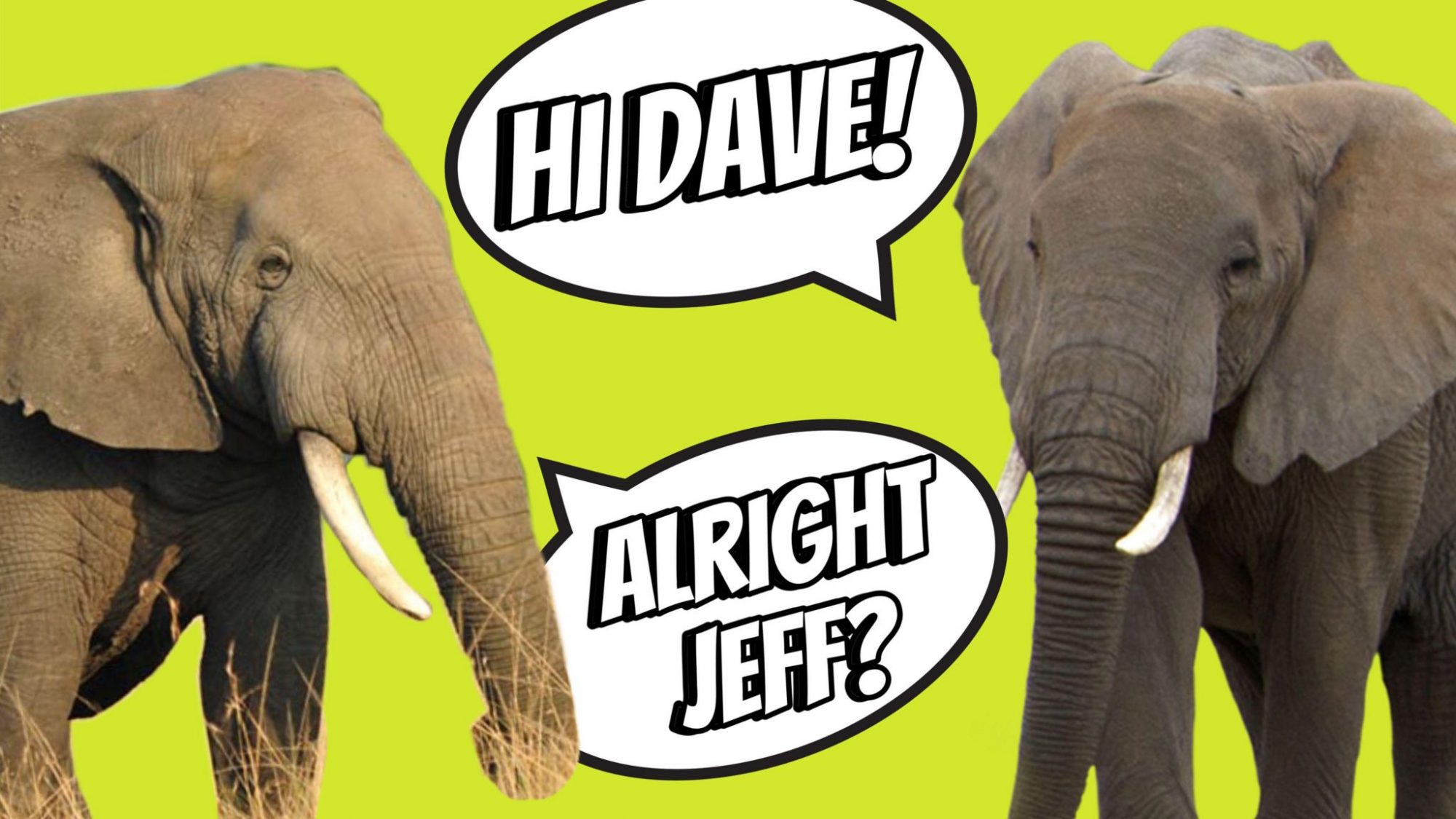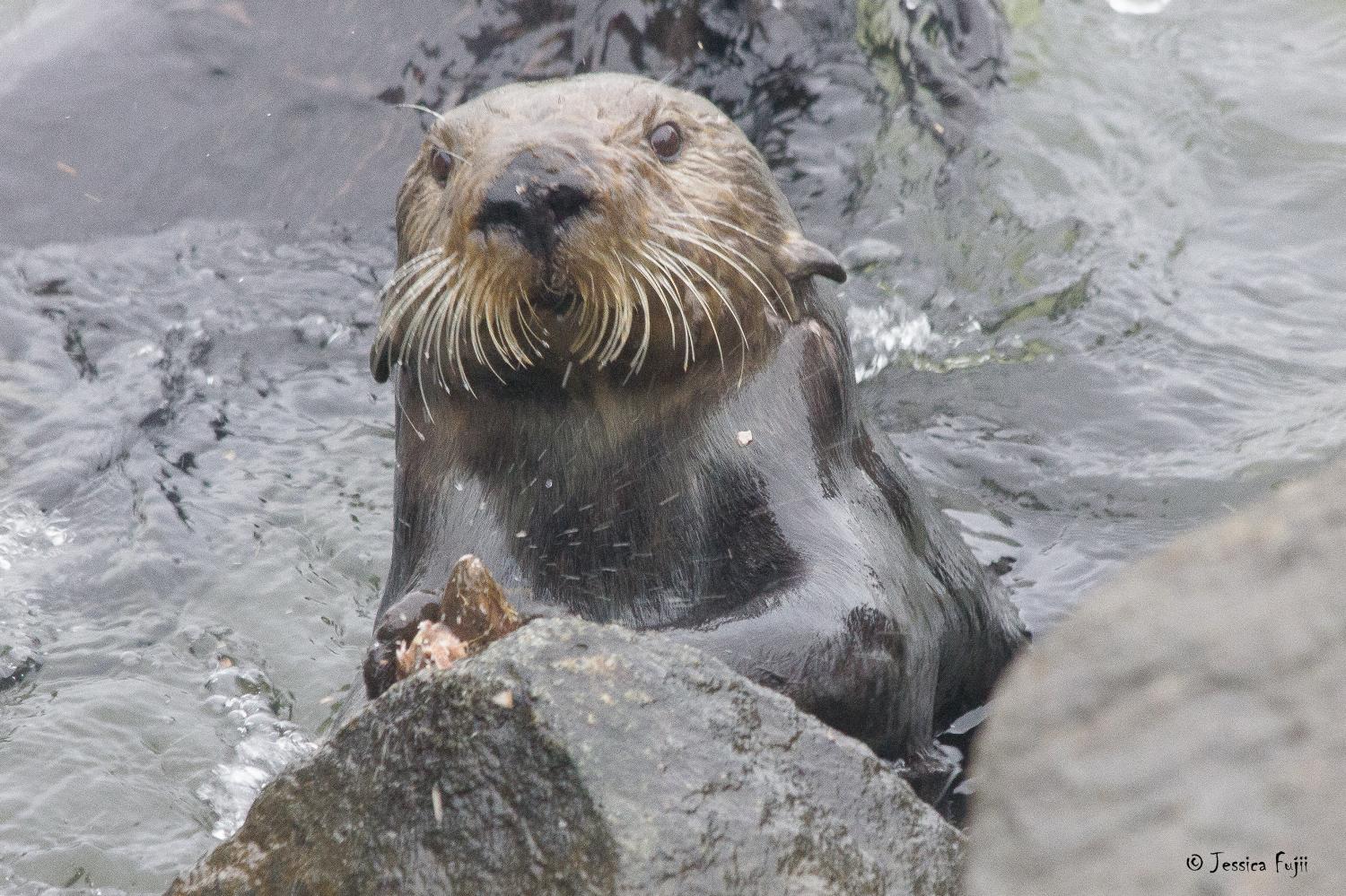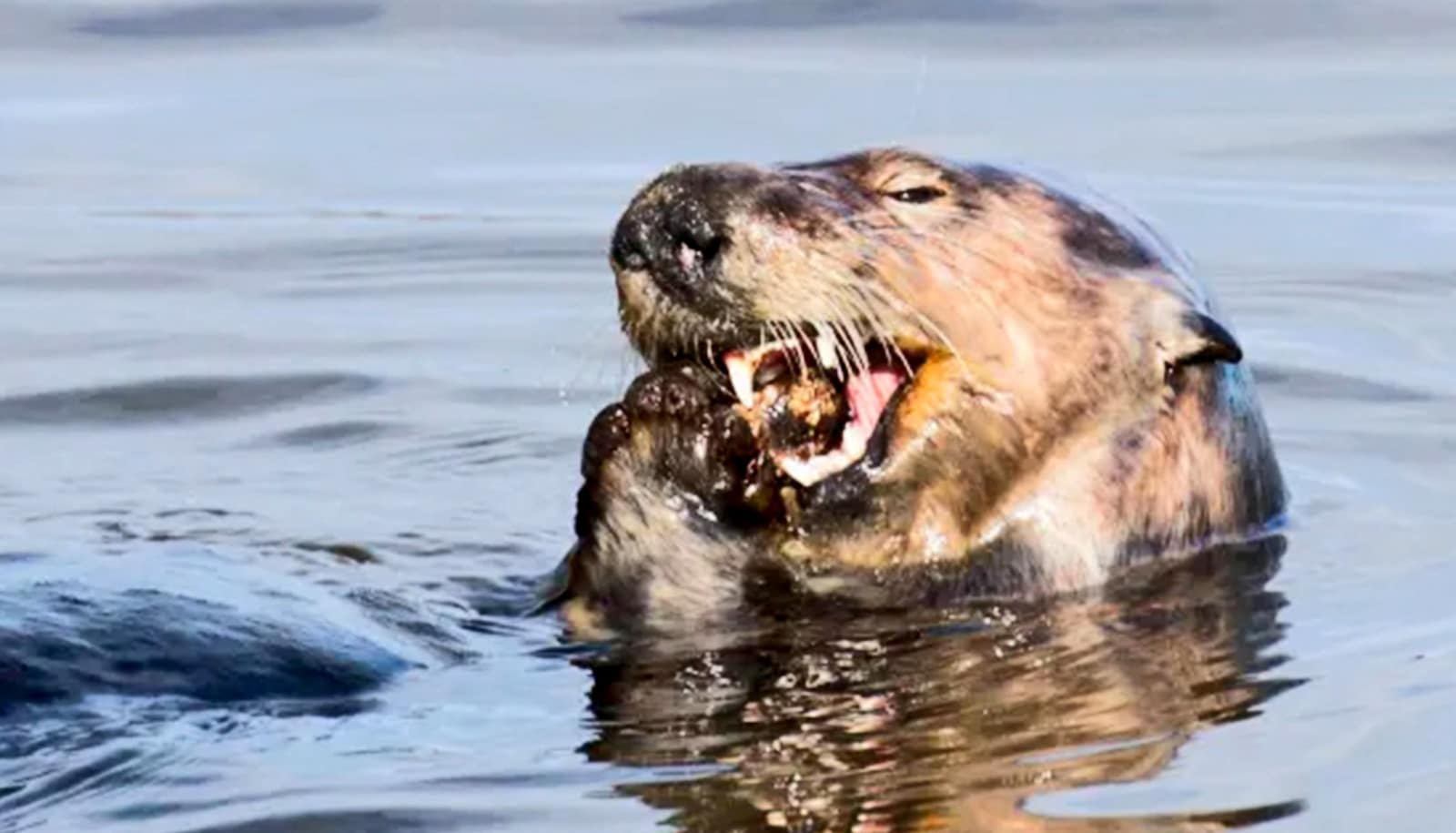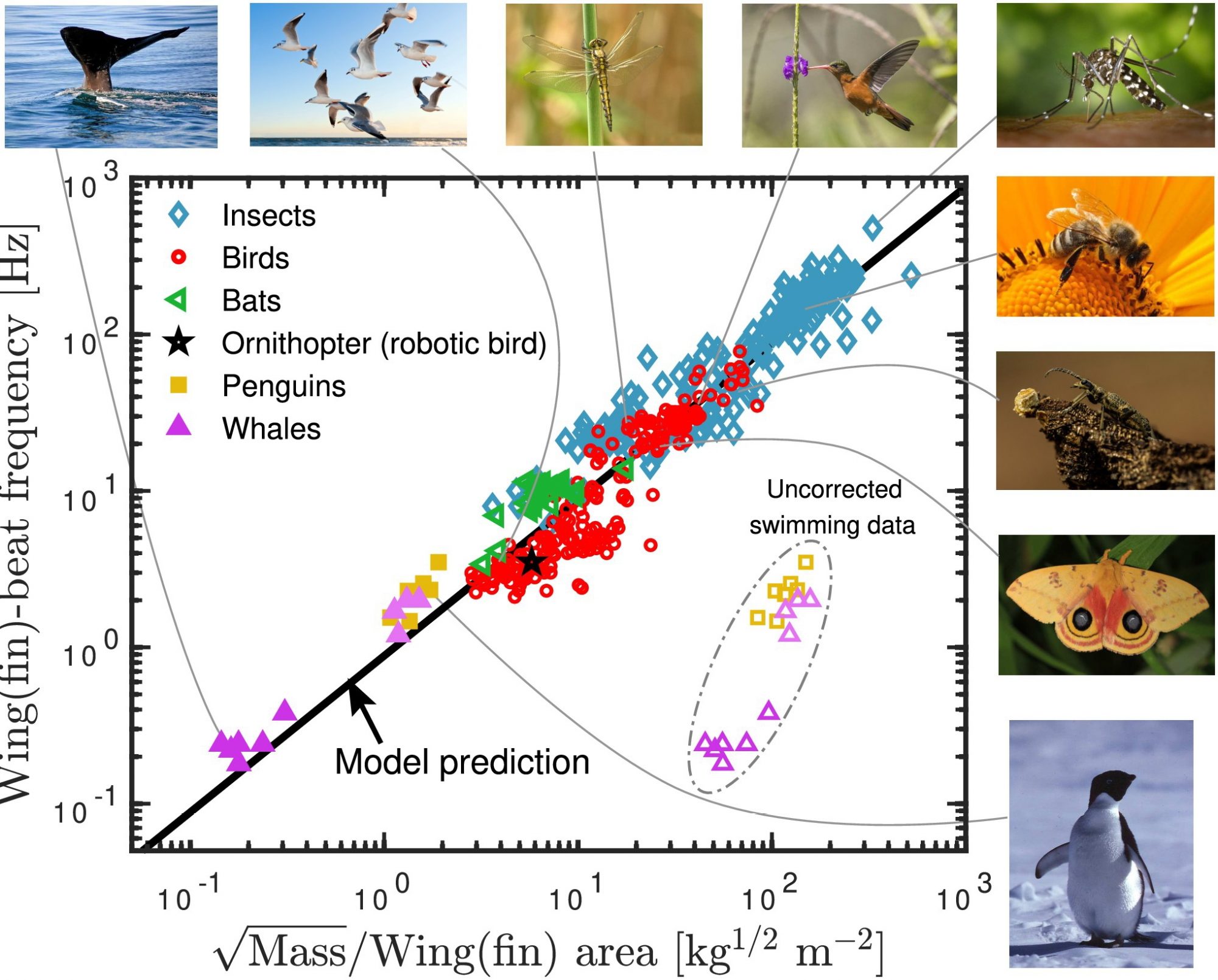Communing with Nature is a passion for many people. Just getting out of doors and observing the plants and animals that inhabit the wild areas of our world can be an endlessly fascinating pastime. Those people who are lucky enough to study nature as their profession are obviously called naturalists and they have many interesting stories to tell, here are three of them. I’ll start with the biggest, creature that is, and work my way down in size.

Everyone has heard the old saying that “an elephant never forgets”. For thousands of years or longer we humans have recognized that elephants are among the smartest of animals and over the last few decades evidence that elephants can recognize themselves in a mirror or the ability of elephants to remember the directions to waterholes they haven’t been to for years has proven their mental abilities.

Now a new study has been published in the journal Nature Ecology & Evolution that suggests that elephants might have individual names for each other in the deep rumblings that they use to communicate. There are already a few other species that are recognized as having and using personal names for each other, Bottlenosed Dolphins and Orange Fronted Parakeets are two examples. Unlike humans however, who are given our names at birth, individual Dolphins and Parakeets create their own signature call that their friends and family then use to identify them. These animals pick their own name in other words.

In order to determine whether or not elephants also have personal names researchers from Cornell University in Ithaca, New York recorded 469 calls from wild female African savanna elephants and their offspring. The team then used an AI to analyze the contents of the calls. After processing the calls the AI was able to identify which elephant was being spoken to in each call more than 25% of the time.

In order to demonstrate that their analysis was correct the researchers then replayed some of the recorded calls to a group of 17 elephants. When the ‘name’ of a particular animal was played that elephant was observed to become more vocal itself and moved toward the speaker that had sounded its name.

The fact that elephants actually call each other by individual, personal names shouldn’t really surprise anyone. We’ve always known that elephants have complex social lives and of course good memories. The Cornell study is really just another example of how intelligent other species of animals can be.

Another way that animals can demonstrate their intelligence is through tool use. Certainly one of the biggest moments in science during the 20th Century was when Jane Goodall saw a chimpanzee take a twig, licked it and then stuck it into a termite mound. When the chimp pulled the twig back out it was covered with termites that the animal then consumed. The chimpanzee was using a tool to obtain protein rich food to eat.

Since that time many other species have been observed to use tools. For example sea otters along the Pacific coast will bring up a clam or oyster from the sea floor to eat. Swimming on their backs with the shellfish on their stomach the otter will then bang a sharp rock on the clam in order to break the shell open so they can eat the mollusk inside.

The advantages of using the rock as a tool are pretty obvious but a new study by Naturalists at the University of Texas at Austin and the Monterey Bay Aquarium in Monterey, California examined tool use among sea otters more closely to determine if there were any other benefits as well. What the researchers did was to observe the feeding techniques of 196 radio tagged sea otters off of the California coast. In an effort to gather as much data as possible the scientists also enlisted the aid of volunteer ‘otter spotters’ who were able to keep track of individual otters thanks to the radio tags.

What the researchers found was that female otters tended to make use of rocks as tools more often than males did, perhaps to compensate for their smaller size and reduced biting strength. The tendency of females to make greater use of tools is also known from other tool using species such as dolphins and chimpanzees, and perhaps for the same reason. The naturalists also suggest that, since it is the females that raise the young in all those species, it may be that tool use is passed down though the generations by females.

One other unexpected but not surprising outcome discovered by the study was a considerable reduction in tooth damage to those otters that used the rocks as tools. As you can imagine major tooth damage can be a death sentence to any animal so the fact that tool use reduces the chances of tooth damage is another great advantage to any species.

My last story from nature does not concern a single species of animal but rather a huge group of animals spread across several phyla. I’m talking about animals that fly, along with many that swim and how fast they all beat their wings / fins in order to fly / swim. A large scale analysis of hundreds of such species by researchers at the Department of Science and Environment at the University of Roskilde in Roskilde in Denmark has led to a simple equation that predicts the frequency that a flying animal has to beat its wings based only upon the animals mass and the area of its wings. This single equation was found to be accurate for hundreds of species of insect, birds and bats and also for the fins of penguins along with several species of whale.

According to the study the frequency of wing beat is proportional to the square root of the animal’s mass divided by the area of the animal’s wings.

After checking the accuracy of their equation against the wing beat frequency of several species that had not been used in deriving it the researchers then used it to predict the frequency of wing beats for the extinct pterosaur species Quetzalcoatlus northropi, the largest known flying animal ever. According to the equation Q northropi would have had to beat its ten square-meter wings seven times every ten seconds in order to be able to fly.

Whether they are studying a single species or discovering a general rule that helps to understand hundreds of different species naturalists are lucky in that they get to study the endlessly fascinating world of life on Planet Earth.
